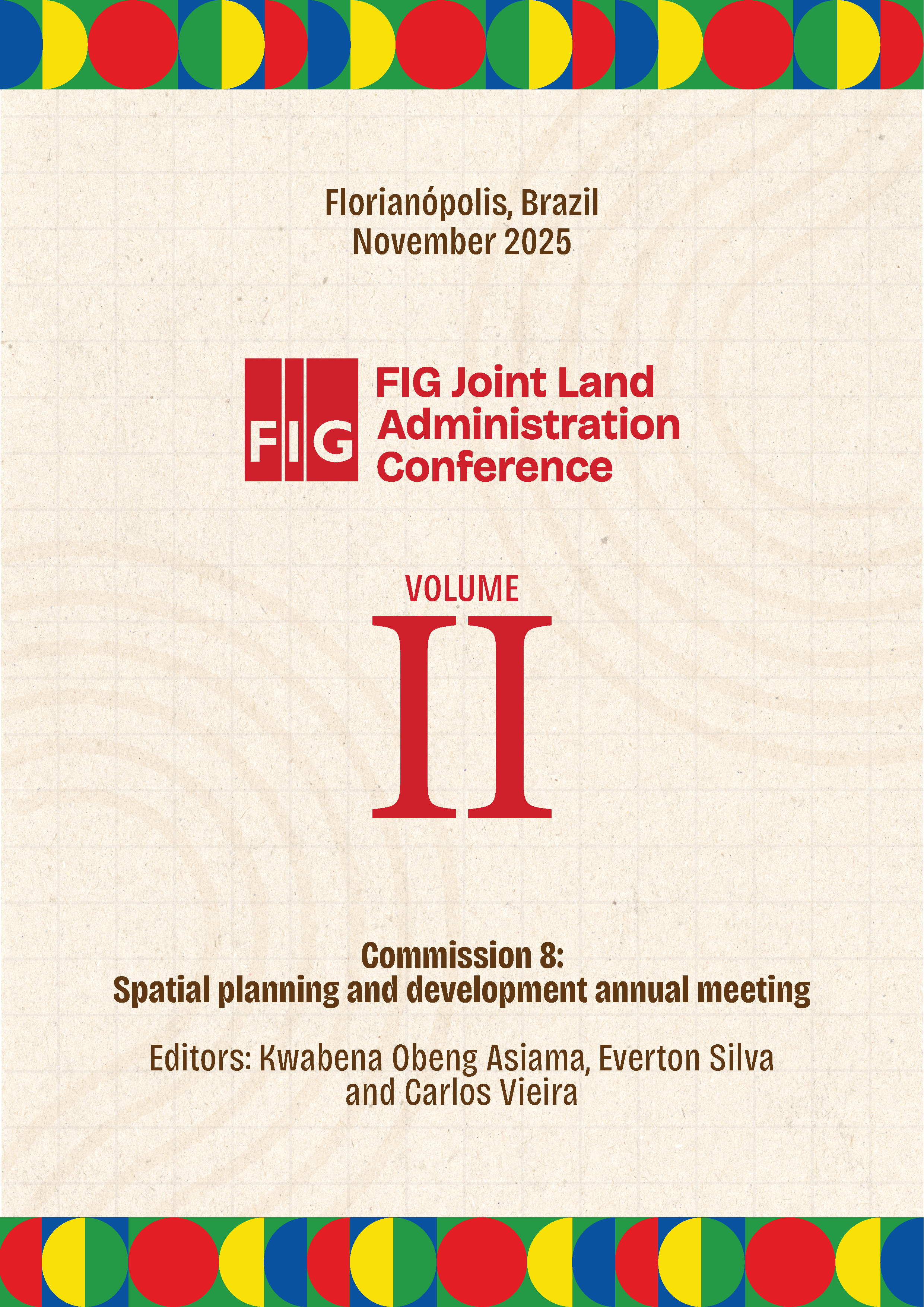Regularização Fundiária: Vila Carvalho (Votuporanga, São Paulo, Brasil), um estudo de caso
Keywords:
Vila Carvalho, Votuporanga, Land Regularization, InfrastructureAbstract
This article discusses the land regularization process in Vila Carvalho and provides an overview of its current status after the process is completed. Vila Carvalho is located 7 km from Votuporanga, in the northwest region of São Paulo state, and has been extensively studied by Cucato since 2004 in his academic research, particularly when he conducted a comprehensive survey of the village to initiate and complete the land regularization process for all its lands, previously owned by the Diocesan Mitra of São Carlos, São Paulo, Brazil. Despite some failed attempts at land regularization, land ownership for residents was granted in 2016 and subsequent years, thus providing the area with basic infrastructure. Therefore, as a first, the objective is to show the situation of the site 20 years after the survey work for the regularization process began and 9 years after the land deeds were donated to residents, when part of the properties were regularized in 2016. The aim is to showcase the infrastructure projects implemented in the village to improve the quality of life of its residents. Methodologically, to conduct and obtain data, site visits were conducted, a photographic inventory was conducted using a drone, interviews were conducted with technicians responsible for the works and services, and document analysis with related agencies and organizations was conducted, along with document and legislation readings. This research identifies its implications for physical and socioeconomic processes and actions, such as the author's research that guided the actual land regularization process in Vila Carvalho. Furthermore, the study seeks to demonstrate how the effective donation of the land led to the provision of drainage works, with the installation of water galleries and the implementation of the recently inaugurated ECTE (Compact Sewage Treatment Plant) (2024), in addition to the construction of the DER access ramp built on the Péricles Belini highway (SP 461), which facilitated flow and access to the village. The village is currently undergoing drainage, paving, and maintenance works. The importance of thematic cartography developed for the site, the advancement of cartography including the village in the coordinate system, and the implementation of a municipal cadastral system are highlighted. The creation of a cadastral map is an essential step in this process, as it allows the identification and demarcation of existing lots, buildings, and infrastructure in the area to be regularized. The data were processed using geoprocessing software (QGIS, AutoCAD, ArcGIS). Each lot was also delimited, including dimensions, boundaries, and identification of occupants. The urban amenities present (streets, squares, sewage, energy, and water systems) were also inventoried. It is understood that the land regularization process was crucial in ensuring that proposals for improvements and infrastructure works were made available and constructed on site, guaranteeing not only the right to land and decent housing, but also to the services inherent to them.


